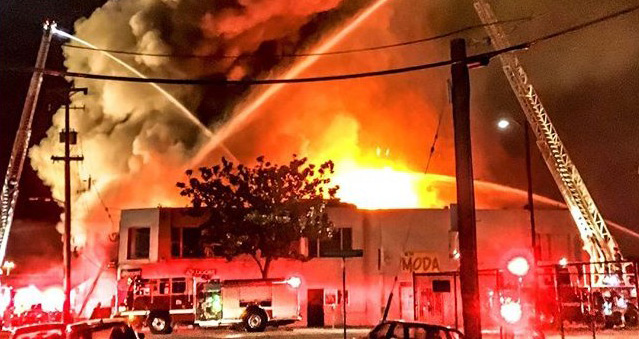Posttraumatic Stress Symptoms After Exposure to Two Fire Disasters: Comparative study
This study investigated traumatic stress symptoms in severely burned survivors of two fire disasters and two comparison groups of patients with “non-disaster” burn injuries, as well as risk factors associated with acute and chronic stress symptoms. Patients were admitted to one out of eight burn centers in the Netherlands or Belgium. The Impact of Event Scale (IES) was administered to 61 and 33 survivors respectively of two fire disasters and 54 and 57 patients with “non-disaster” burn etiologies at 2 weeks, 3, 6, 12 and 24 months after the event. We used latent growth modeling (LGM) analyses to investigate the stress trajectories and predictors in the two disaster and two comparison groups. The results showed that initial traumatic stress reactions in disaster survivors with severe burns are more intense and prolonged during several months relative to survivors of “non-disaster” burn injuries. Excluding the industrial fire group, all participants’ symptoms on average decreased over the two year period. Burn severity, peritraumatic anxiety and dissociation predicted the long-term negative outcomes only in the industrial fire group. In conclusion, fire disaster survivors appear to experience higher levels of traumatic stress symptoms on the short term, but the long-term outcome appears dependent on factors different from the first response. Likely, the younger age, and several beneficial post-disaster factors such as psychosocial aftercare and social support, along with swift judicial procedures, contributed to the positive outcome in one disaster cohort.
Van Loey, N. E., Van de Schoot, R., Faber, A. W. (2012). Posttraumatic stress symptoms after exposure to two fire disasters: Comparative study. PLoS ONE, 7(7): e41532. http://dx.doi.org/10.1371/journal.pone.0041532




